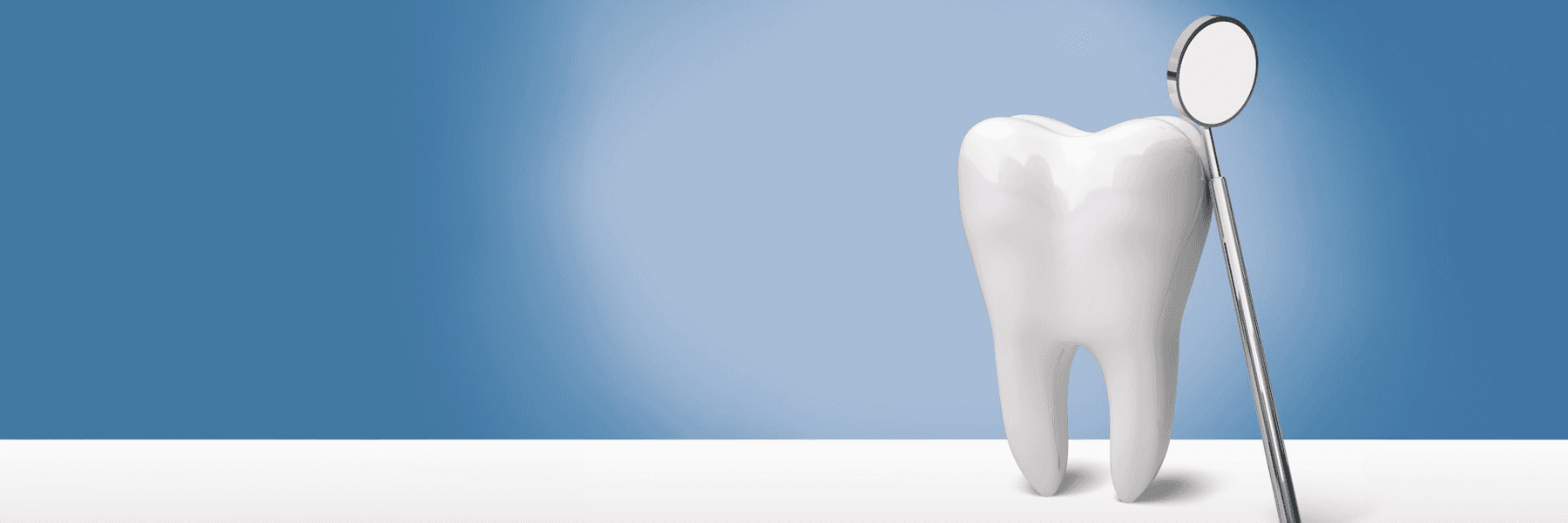
What you can do if you are high risk for dental decays
You brush, floss and use mouthwash but still get decays in your teeth?
If you are one of those unlucky people that genetically have bad teeth and despite trying hard to clean your teeth still end up tooth decays, then this guide may help you.
During the life of my career, I have seen many people in this situation. I know they are brushing, flossing and using mouthwash but still every time they come back in 6 months for check and clean, I find few decays. Every time we go through oral hygiene instructions, and they are doing their best but still the same result in 6-month time.
That made me think why?
Well, we know genetic plays a big roll. If your parents have bad teeth or gum, there is a good chance you will be the same. At least you are prone to it. So, you need to be more careful and work harder.
But do not be disappointed if you see your hard work does not give you the result you expect. The truth is if you do not work hard and if you do not do your best, the situation will be worse. I can guarantee that if after all that time you spend on brushing and flossing in 6-month time you had 2 fillings to do, if you did not spend that time, you would have 5 decays. So, rest assured you are getting something out of it. Just not enough.
So, what can you do to get better result?
Well, it all starts with good oral hygiene. Good brushing, flossing and using mouthwash every day. Also do not forget to see a dentist every 6 months and have dental x-rays once a year to fix the decays, if they form, as soon as possible.
Things you can do to improve the situation:
- Brush: Brush with a good electric toothbrush at least twice a day. Make sure you invest in a good electric toothbrush like Oral-B iO 4 or above.
- Floss: Make sure you floss after each meal. Get a good floss which is quite thick and does not shred easily. Gorilla floss from Piksters is a good option. Some flosses are too thin and waxed and do not clean very well. Better to use metric floss and not the ones with handle. If you use the one with handle, make sure you clean it between every time you clean between 2 teeth otherwise you will transfer the plaque and bacteria from one place to another in your mouth. The good thing about metric floss is you get clean floss all the time by using the whole length of the floss. Generally, you need about 30 to 40 cm of floss each time.
- Interdental brush: Piksters are good to clean between the teeth specially if you have bigger gaps between your teeth. When we age, generally the gum shrinks, and we end up with bigger gaps between the teeth. Floss is too small to clean those gaps. You need to use Piksters in the right size that matches the size of the gap to clean them as good as possible. As a rule of thumb, floss cleans the contact area between the two teeth and interdental brushes clean under or above the contact area closer to the gum. Make sure you clean your Piksters between each time you clean between each 2 teeth otherwise all you are doing is to move the plaque and bacteria between your teeth. Best way is to wash your Piksters every time you clean between 2 teeth and keep doing this until you are done with all the teeth. Another option is, after each time you clean between 2 teeth and then you wash the Piksters under the tap water, deep the Piksters into the mouthwash. This way you transfer some mouthwash between 2 teeth which will help with the reduction of bacteria between 2 teeth and health of both teeth and gum.
- Mouthwash: The reason decay forms is that the bacteria in the mouth use food and produce acids. Acids dissolve the enamel and form cavities which consequently more food and bacteria can stay in the cavity and decay become bigger over time. One solution to break this cycle is to reduce the bacteria in your mouth with mouthwash. Generally, mouthwashes like Listerine are good enough but if you are in the high-risk group for decay maybe better to use something like Savacol. Problem with Savacol is that it stains the teeth over the long-term use. There is similar mouthwash called Curasept which the manufacturer claims it does not stain teeth even when used longer period of time. So instead of Savacol use Curasept.
- Fluoride toothpaste or mouthwash: Introduce more Fluoride to your teeth locally. Use mouthwash with Fluoride. Unfortunately, Curasept does not have fluoride in it. You need to get Fluoride mouthwash separately. Depending on the concentration of fluoride in the mouthwash you may need to use it daily or weekly. The higher the concentration, the less frequent you need to use it. Other option is a high concentration Fluoride toothpaste called NeutraFluor 5000. You can buy it from chemist but have to ask from the pharmacist as it is not over the counter. Either way remember the aim is to apply the Fluoride locally on the teeth so avoid swallowing the mouthwash or toothpaste. Saying that it is better to not to wash your mouth after them to leave the Fluoride around your teeth for half an hour.
- Sugar: Reduce your sugar intake. Specially reduce the number of times you have sugary food or drink. Sugar and carbohydrates are the best food for bacteria to use and produce acid. Remember after each time we eat, it takes about 1 hour for saliva to neutralise the acids produced by bacteria. This means more frequent eating means longer lasting acidic environment which damages the teeth more. It is possibly a myth, but some say if you eat biscuits, even you brush your teeth 7 times after that still you cannot clean your teeth out of it. This may not be true but shows how bad these sorts of snacks are.
- Acids: Do not help bacteria to dissolve the enamel of your teeth easier with having acidic foods and drinks. Any sort of soft drink, fizzy drinks, any drink that has bubbles in it or is carbonated are bad. Avoid lemon juice or vinegar in water every day. Yes, you dilute it but still very acidic. Avoid anything sour. Sour means acid. Make sure if you have any soft drink or acidic drink, have some water after to wash it off the teeth and do not brush for 1 hour at least. Acids make the enamel soft and brushing right after acidic drinks will remove the enamel, tiny layers at the time.
- Snacking: Avoid snacking repeatedly during the day. If you do, you need to clean your teeth each time you snack. At least floss and rinse with some water if you cannot brush your teeth. Every time you eat, it takes 1 hour for saliva to neutralise acids and clean up the food from your mouth. If you snack the whole day every 1 or 2 hours, even if it is small, you will maintain that acidic environment around your teeth for the whole day.
- Saliva: Saliva has a very important roll in preventing decays. Saliva neutralises the acids in the mouth and washes them away. Generally, people who get reduced amount of saliva or dry mouth due to medical conditions need to be more careful with their oral hygiene as they are in risk of getting more dental decays. Drink more water. That can help you to have more saliva.
- Tongue: For some people the surface of the tongue can be a good place for bacteria to accumulate and stay. It is called hairy tongue. Make sure to brush the top surface of your tongue at least once a day. You can also use one of those tongue cleaners available to buy.
- Dentist: See your dentist every 6 months. This could help you to find out sooner if you got a decay somewhere and fix it sooner than later. The longer you delay the repair of the tooth the bigger the decay will get. Remember the decay and cavity itself can act as a reservoir for bad bacteria in your mouth and affect your other teeth.
- X-rays: Make sure you have x-rays from your teeth regularly. General recommendation for low-risk patients is every 2 years. For high-risk patients it is better to have x-rays done every year.
- Tooth restorations: Make sure all your tooth restorations like fillings, crowns and veneers are maintained well and are healthy. Bad restorations with overhangs, rough surfaces or edges can cause more food retention which will follow with a decay in that area. Your dentist is the one to help you with those of course.
- Gum bleeding: If you see bleeding from your gum when you brush or floss, it means your gum is not healthy. Gum gets inflamed when bacteria or plaque stick on the tooth next to the gum. The bacteria and their by-products irritate the gum, causing inflammation in the gum. Inflamed gum bleeds easily. So, if you see bleeding gum, it means you need to clean those areas better. Don’t be afraid of the bleeding. Clean more with brushing better, flossing more or using Piksters and mouthwash more often and eventually bleeding stops. If you do your best and still bleeds you need to see your dentist to have your gum checked.
Disclaimer: The information provided above is only a general guideline and is not personalised to your needs. This information is not intended to replace your need for seeing a dentist. If you have any issues with your teeth, it is always best to seek advice from your dentist. I do not have any financial interest in any of the above-mentioned products. My advice to use these products is only according to my knowledge and for your benefit.

